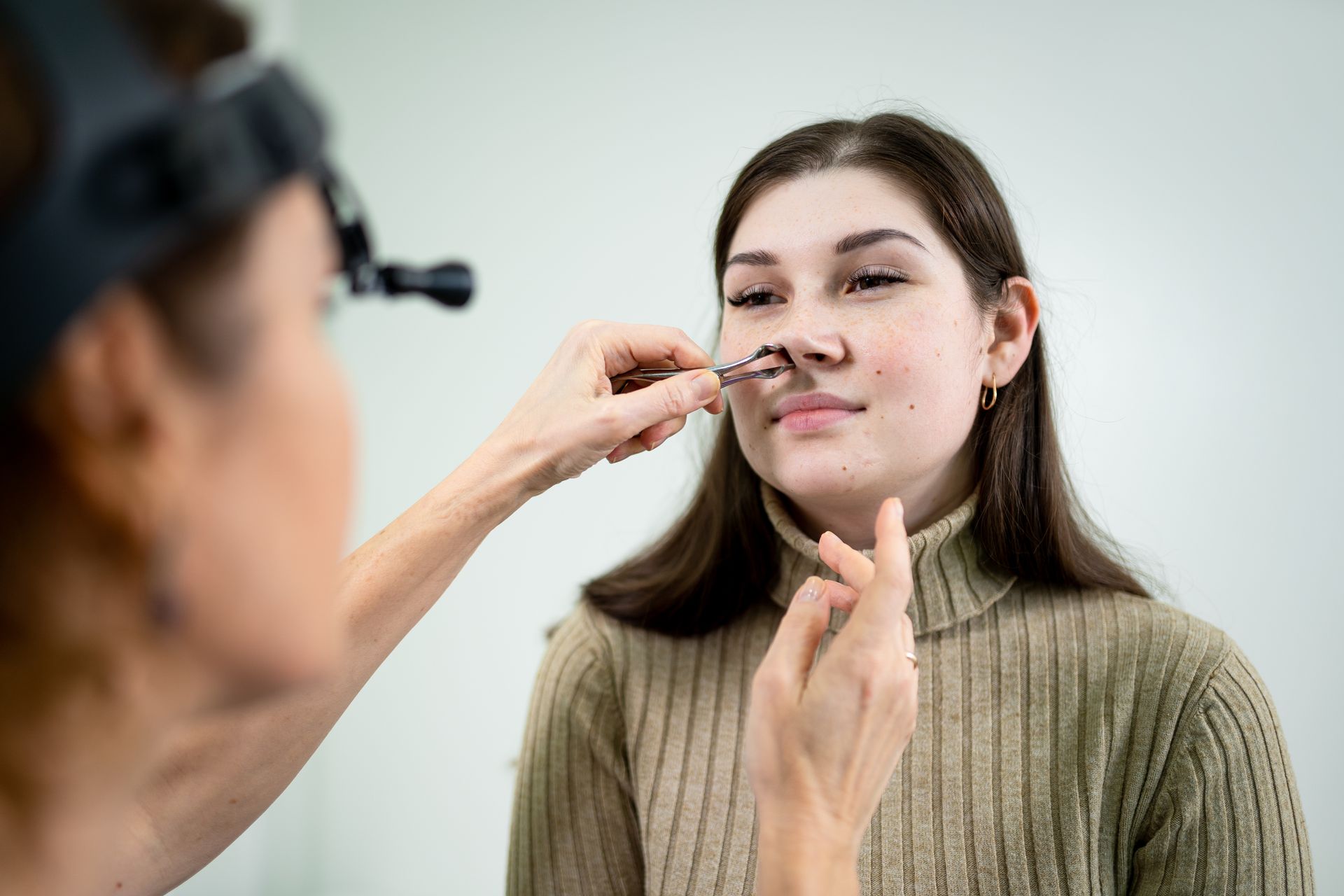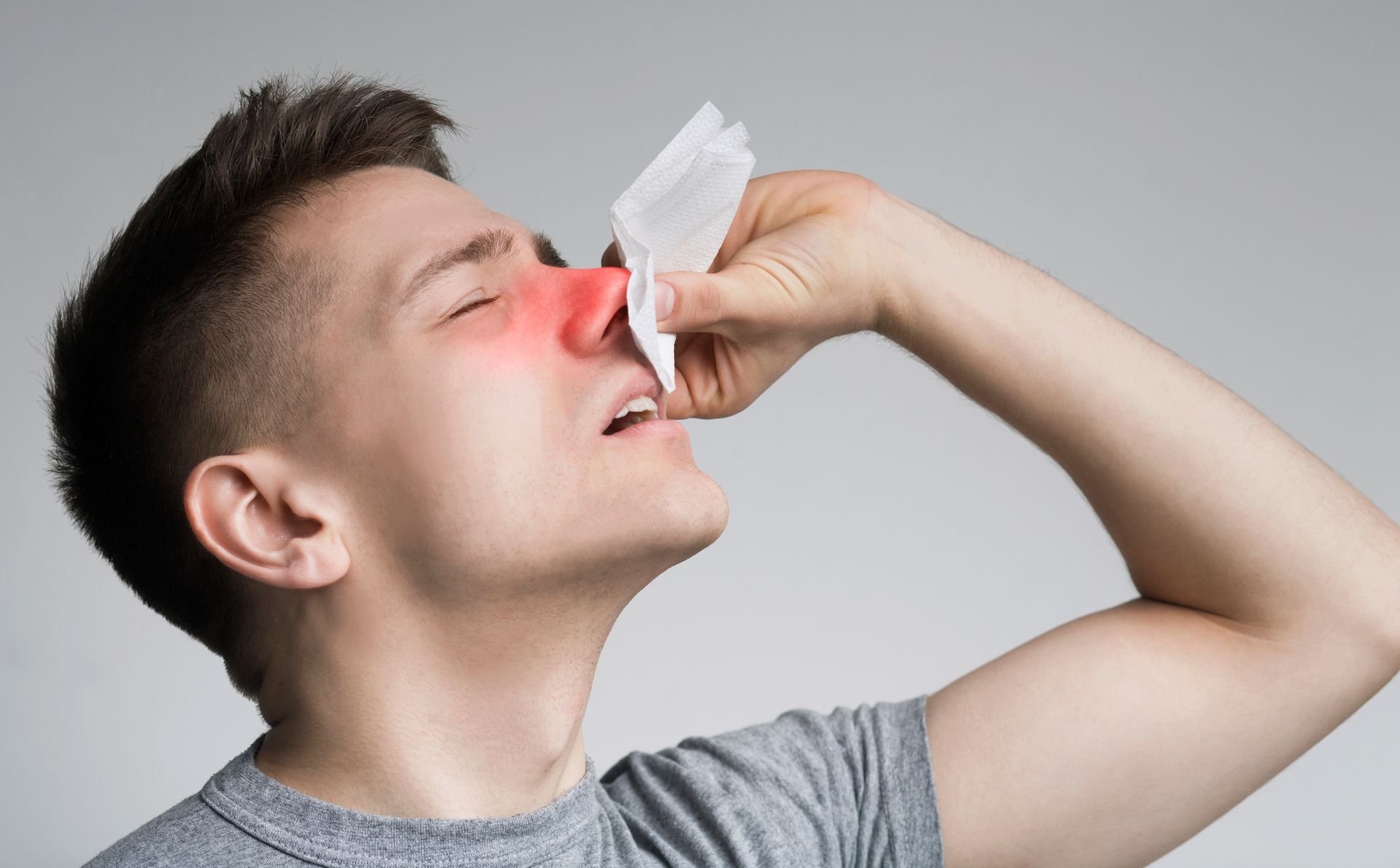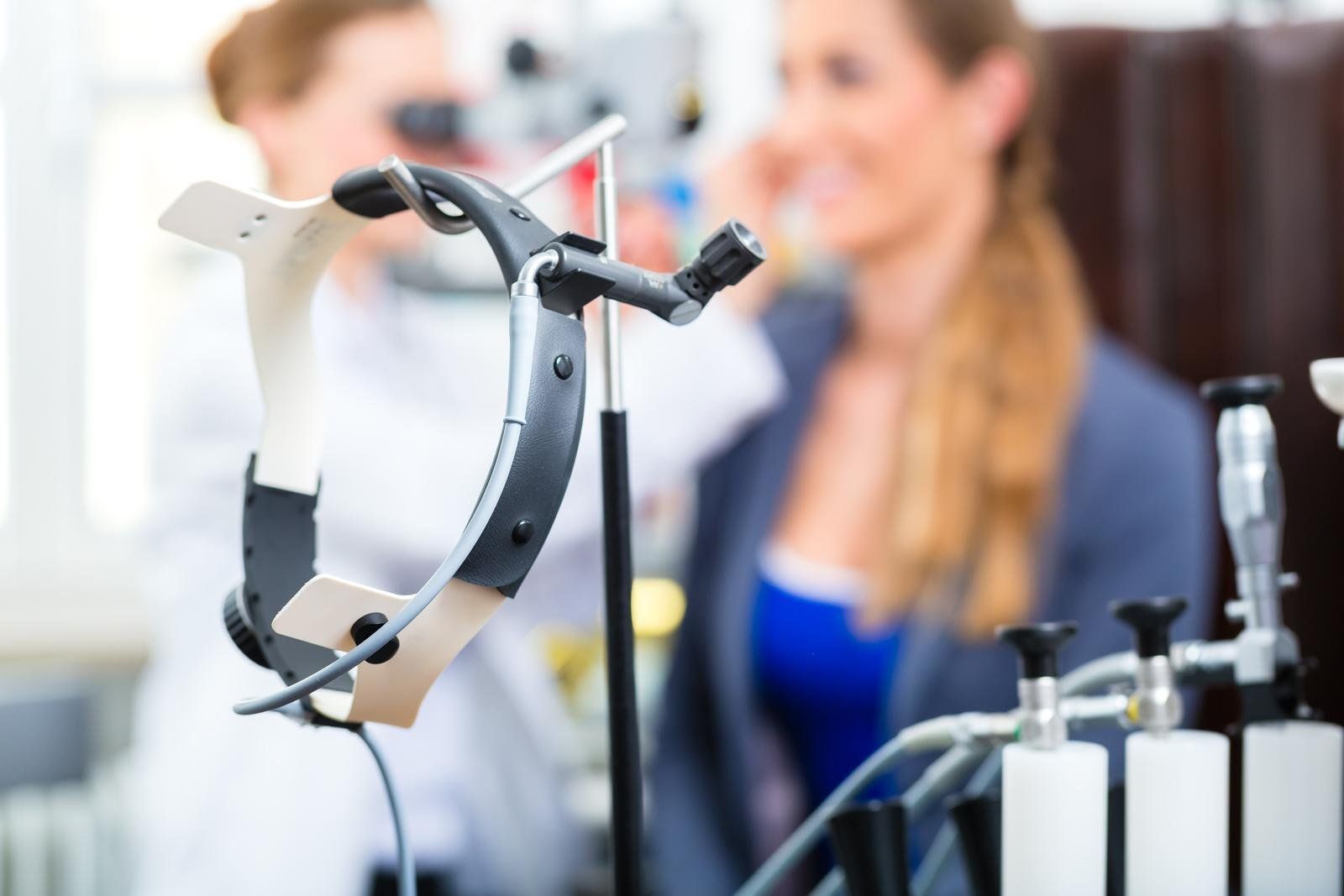Is Hydrogen Peroxide Safe for Your Ears? What Experts Say
Discover the Proper Way to Use Hydrogen Peroxide for Earwax Removal & When to Avoid It
Earwax, or cerumen, is a natural cleanser—it protects your ears from dust, bacteria, and moisture. Still, excess buildup can cause muffled hearing, discomfort, and even infections. Among popular home remedies, hydrogen peroxide is often suggested as a potential solution. But is hydrogen peroxide safe for your ears? Here's what experts recommend.
How Does Hydrogen Peroxide Clean Ears?
Hydrogen peroxide is a common household antiseptic known for its disinfectant and cleaning properties. When the solution enters your ear canal, it reacts with earwax through an oxygen-releasing process that:
- Breaks down wax - The bubbling action (effervescence) helps to soften and break down hardened earwax, making it easier to remove
- Loosens debris - Oxygen bubbles create micro-movements that dislodge wax particles
- Lifts impurities - The foaming action helps bring wax and dirt to the surface
- Flushes easier - Softened wax can then naturally drain out or be rinsed away
However, it doesn’t dissolve earwax completely; it just softens it for easier removal.
Expert Tip:
Use 3% hydrogen peroxide solution since higher concentrations can be irritating and potentially harmful to the delicate skin inside the ear. Never use hydrogen peroxide if you have an active ear infection, a perforated eardrum, or ear tubes.
When Is It Safe to Use Hydrogen Peroxide in Your Ears?
Hydrogen peroxide can be helpful for:
✔
Mild earwax buildup – such as a feeling of fullness or slight hearing loss
✔
Routine cleaning – especially if you're prone to excessive earwax
✔
After swimming – to help dry out residual moisture and reduce the risk of swimmer’s ear
When Should You Avoid It?
Ø Ear pain or suspected infection – peroxide may worsen irritation
Ø History of a perforated eardrum – it can lead to serious inner ear damage
Ø Tinnitus or ringing in ears – may aggravate symptoms
Ø Skin conditions like eczema or psoriasis in the ear canal – can cause further dryness or inflammation
When in doubt, consult an ENT (ear, nose, and throat) specialist before using hydrogen peroxide in your ears.
How to Safely Use Hydrogen Peroxide for Earwax Removal
Step-by-Step Guide
- Lie on your side with the affected ear facing up.
- Use a dropper to place 3-5 drops of 3% hydrogen peroxide into the ear.
- Wait 5-10 minutes—you’ll hear fizzing as it breaks down wax.
- Tilt your head to let the liquid drain out onto a towel.
- Rinse gently with warm water (optional).
- Dry your ear thoroughly with a clean cloth.
Frequency: No more than once a week to avoid irritation.
Safer Alternatives to Hydrogen Peroxide
If hydrogen peroxide feels too harsh, try these ENT-approved methods:
- Saline solution (warm saltwater rinse)
- Mineral or baby oil (softens wax naturally)
- Over-the-counter ear drops
- Ear irrigation kits (with bulb syringes)
Expert Tip:
For severe blockages, visit an ear, nose, and throat doctor for professional earwax removal.
Warning Signs You Should See a Doctor:
Seek medical help if you experience:
Ø Severe ear pain or sudden hearing loss
Ø Dizziness or discharge (pus/blood)
Ø No improvement after home treatment
Ignoring these symptoms could lead to complications like infections or eardrum damage.
Is Hydrogen Peroxide Safe for the Ears?
Yes—but with caution. When used correctly, 3% hydrogen peroxide can be a safe, effective way to manage earwax. However, it’s not suitable for everyone, and overuse can cause irritation.
For persistent earwax issues, consult an ENT specialist. At Kentuckiana ENT, we provide professional ear cleaning and wax removal to keep your ears healthy.
Schedule an appointment online or call 502-717-0985 for expert care!













